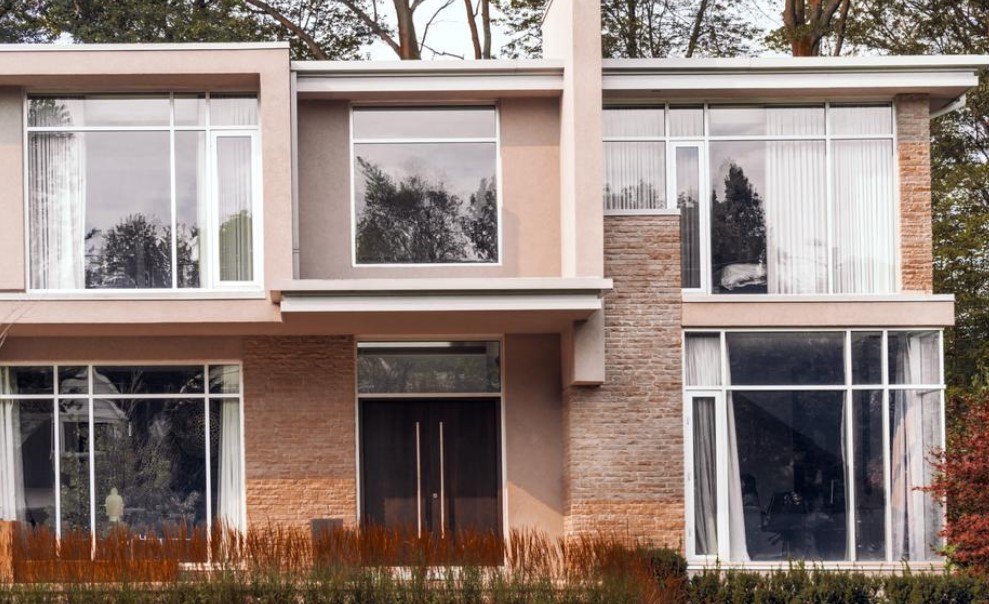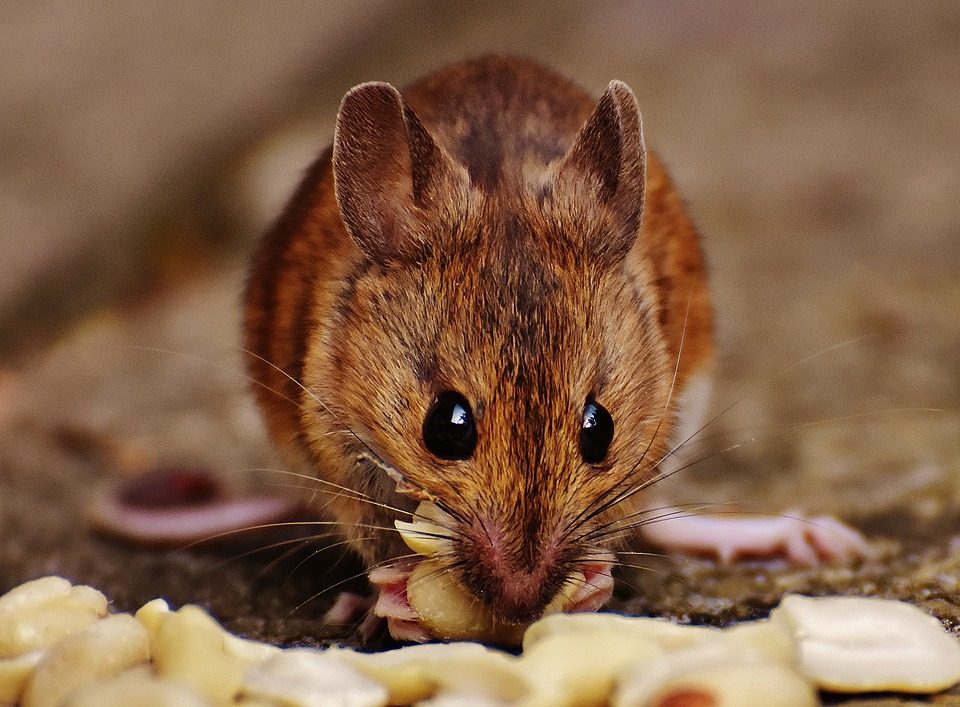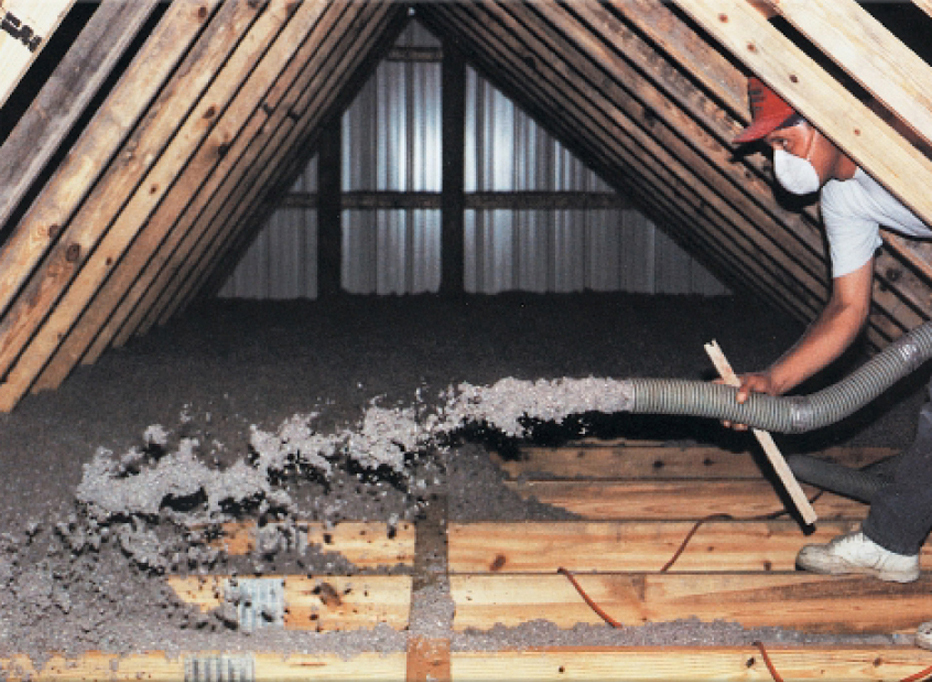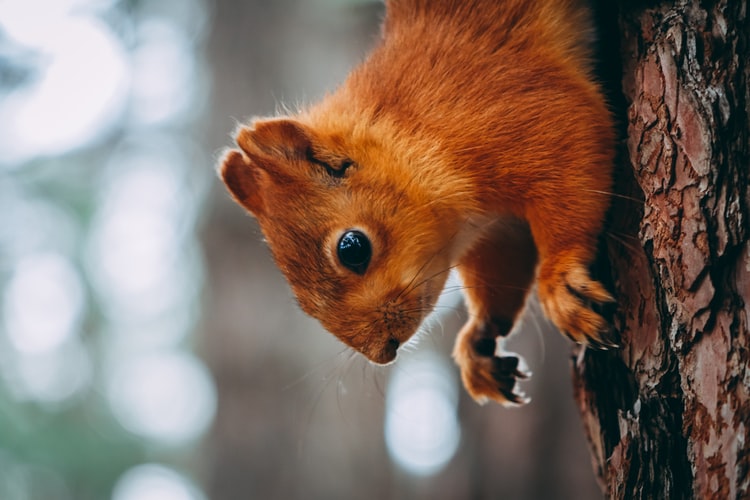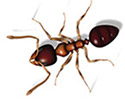

How to Pest-Proof Your House This Fall
October 2, 2020
Halloween and fall pest prevention tips
October 27, 2020Every year about this time, as the temperature starts to cool and the sun sets earlier in the day, bugs begin to gather on your siding or porch. Many times, no matter how much pest proofing you do, they make their way inside. If you have insects in your home, call Team Bugstopper at Advanced Services Pest Control for fall pest control solutions.
When insects find a safe, warm place to spend the cold months, they spread the word. Some insects use pheromones (a chemical signal) inviting others to join them.
The sudden appearance of insects in your home is no doubt unsettling, but most of them, such as lady bugs and stink bugs, won’t bite, won’t infest your pantry and won’t do structural damage to your home. They’re just waiting out the winter.
Insects love to gather under vinyl siding, where they are protected from the elements and warmed by your home’s heating. Pest proofing can stop a lot of insects, but any tiny crack or crevice is an open invitation to come indoors.
You don’t even see many home invaders because they overwinter inside your walls. Some insects die during the cold season but leave eggs that hatch in the spring.
Your best bet for fall pest control is to contact Team Bugstopper at Advanced Services Pest Control. We provide a variety of residential and commercial pest control solutions, including our ECO service, which is organic and environmentally friendly.



